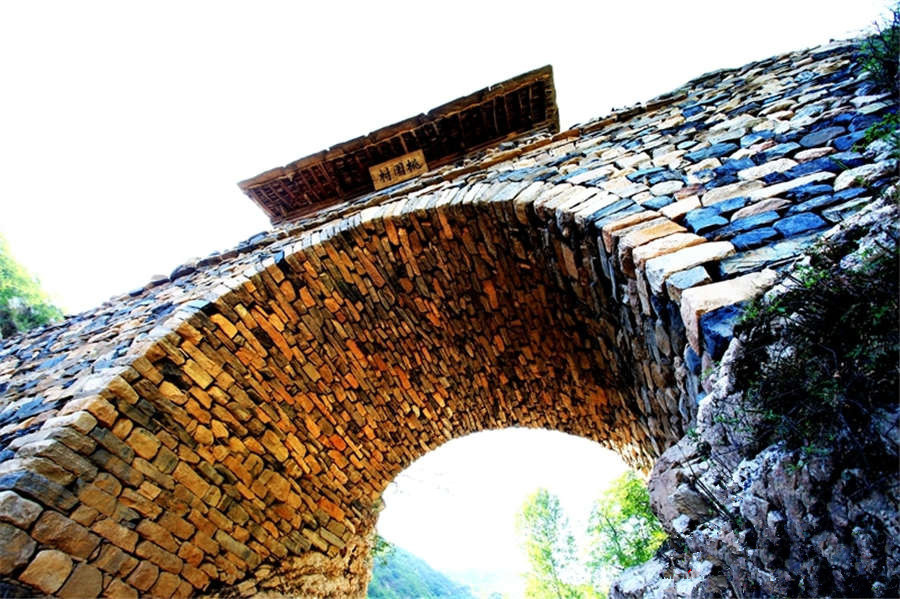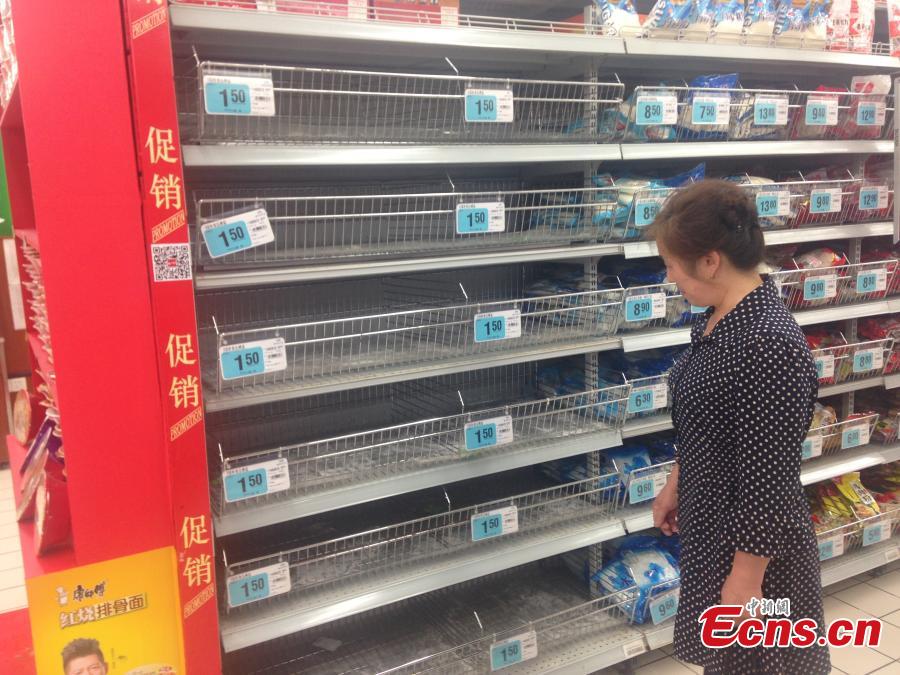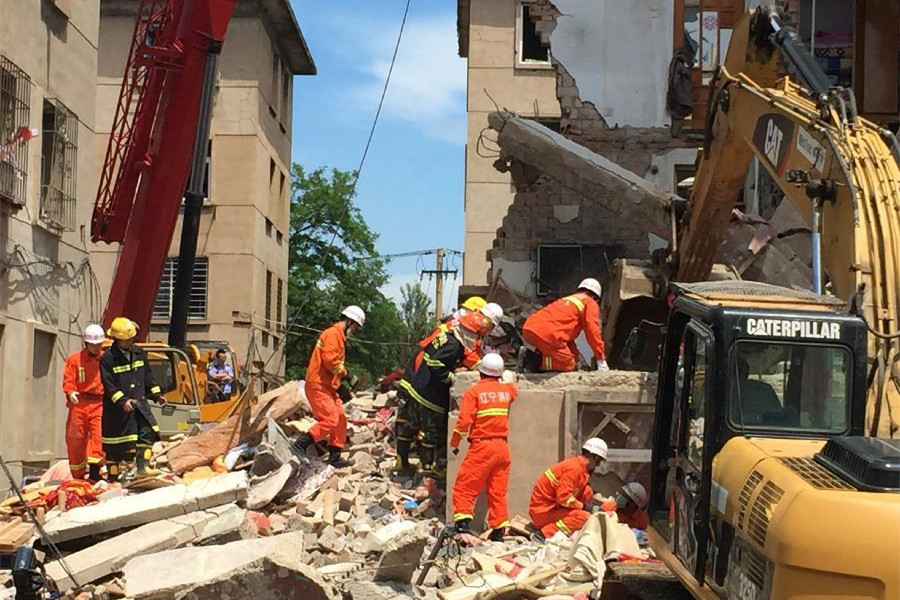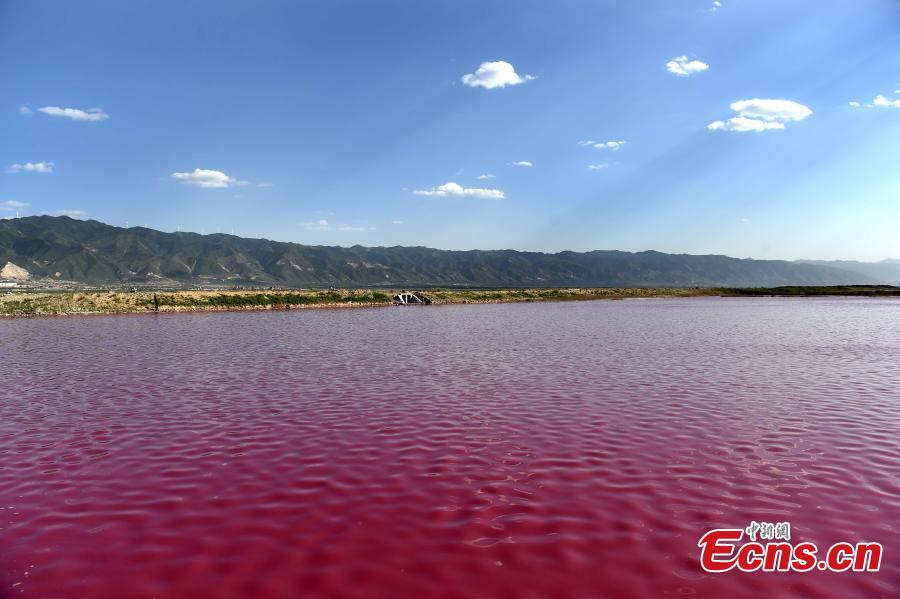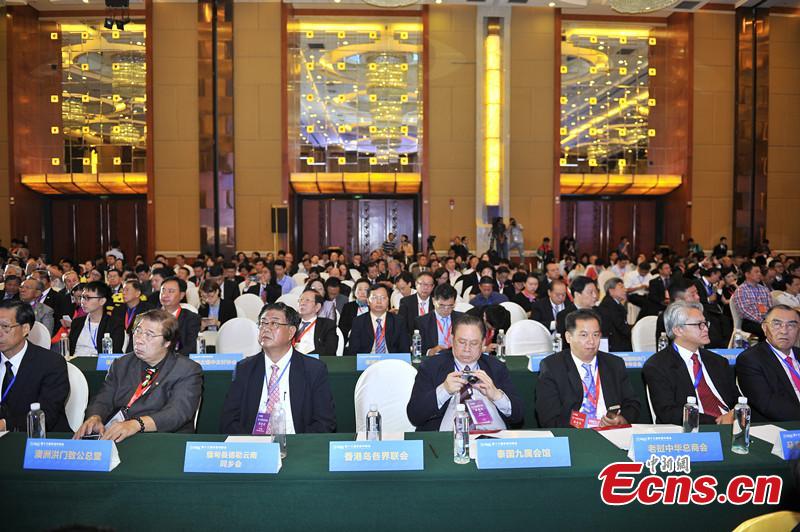(Ecns.cn) -- Walking through the tall, dense residential buildings of the town's mostly uninhabited new district of Kangbashi at night, you might come up with the feeling that Ordos has been abandoned for years and serves only a ghost village now.
"With the current construction plan, in two years, the number of the city's residential housing will go beyond ten times that of its population," explained a real estate developer.
After five years of soaring property market profits, the fantasy held by many "gold diggers" was finally crushed when a real estate businessman committed suicide.
His death, because of failing to pay back usurious loans and going into bankruptcy, only revealed the tip of the iceberg in the local property bubble crisis.
Supply and demand went insane
Locals gained wealth by benefiting from the city's close proximity to abundant natural resources like natural gas and coal. The four pillars of the real economy were established as wool, coal, rare earth, and gas.
As in most of China's flourishing cities, the rich turn to the real estate market to invest money. Second-hand houses won't even be given a glimpse.
Different from the common designs in metropolises like Beijing and Shanghai, the locals have a luxurious penchant for big flats and villas. Three-room flats are favored most. Villas must be equipped with a garage holding no fewer than two cars and with no smaller an area than 600 square meters. Some may even go up to 1,000 square meters.
Despite the high rent revenues, usually at a 5.7% interest rate (much higher than the bank service), these money hunters were far from satisfied. They were waiting for the moment when another appreciation would enlarge the bubble.
In 2010 alone, the floor space under construction in Ordos amounted to nearly 27 million square meters, 45.1% more than in 2009. 36.57 billion yuan were invested in the city's property market, 129.13 million more than 2009.
The population-housing nexus went far out of control and made it tougher for low- and mid-income families.
According to statistics from the city's Development and Research Commission, the average disposable personal income of the low- and mid-income group equals 10,451 yuan; the average yearly consumption amounts to 8,546 yuan; and only a 1,995-yuan final surplus is left over. This is still a huge gap from any possible property budget.
In the six years from 2006, property prices grew by almost five times, according to Shi, a local property developer. It was not until recently that the insanely greedy market was cooled down, well, in fact frozen.









